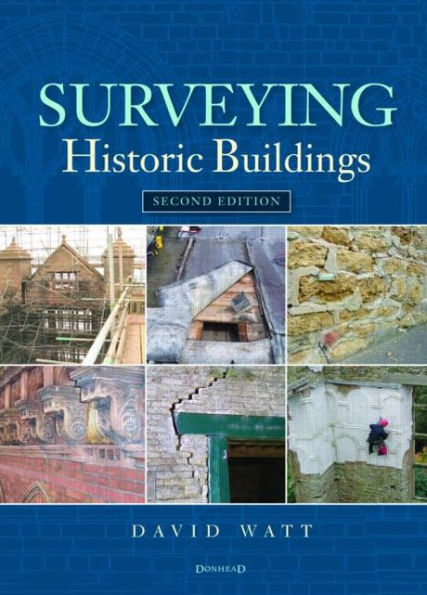This bestselling book has been fully revised and updated to include valuable new case studies and examples which help to demonstrate the common problems found in older buildings. It features many additional photographs illustrating the decay mechanims and individual issues associated with damp, timber decay, masonry defects, roofing problems and many other aspects. The book begins by summarizing the basics of surveying practice, including the inspection, assessment, defect diagnosis and monitoring of defects. It then examines the building elements, discussing their construction, typical faults and their diagnoses. This section provides specific advice on assessing industrial monuments and features concise inspection checklists for ease of reference. In the final section, the author looks to the future, considering the specific challenges faced by property professionals when employed to survey historic buildings. The book is accompanied by comprehensive appendices, including sample survey forms, and a list of useful contacts is followed by an extensive bibliography. This book will be of particular interest to conservation officers, surveyors, architects, archaeologists and planners.



